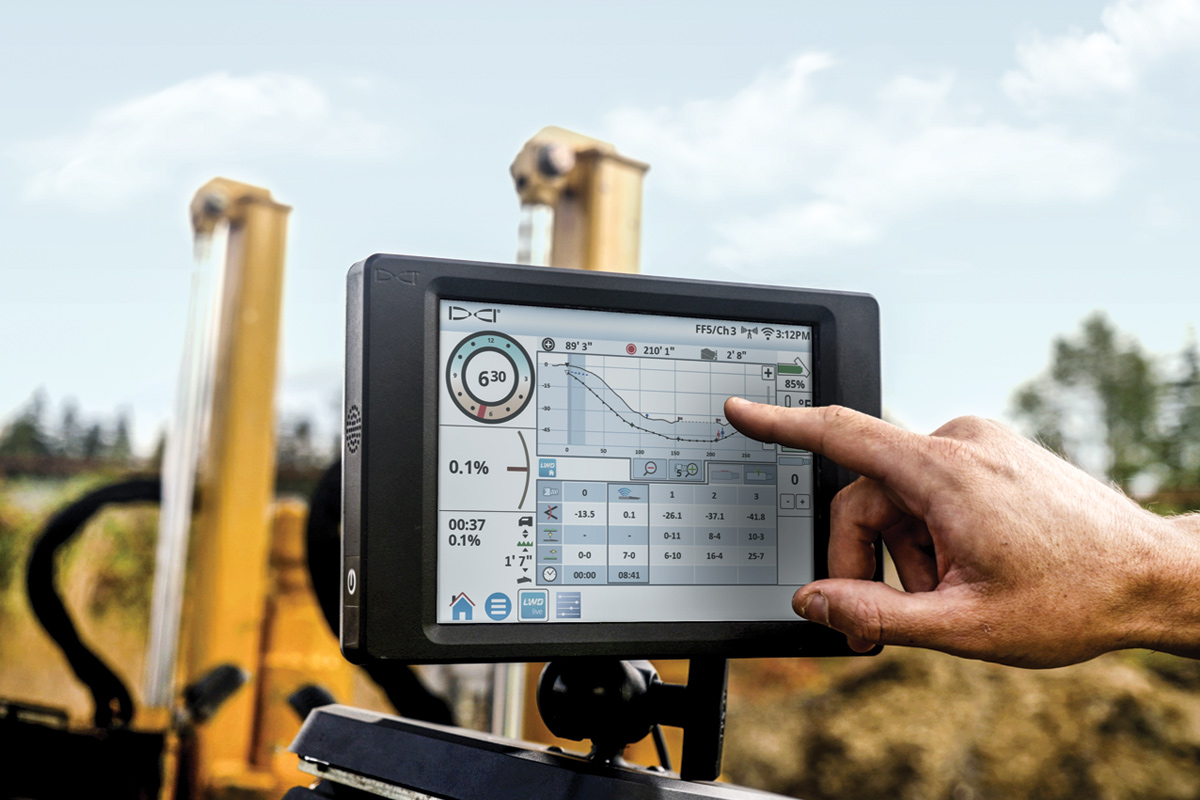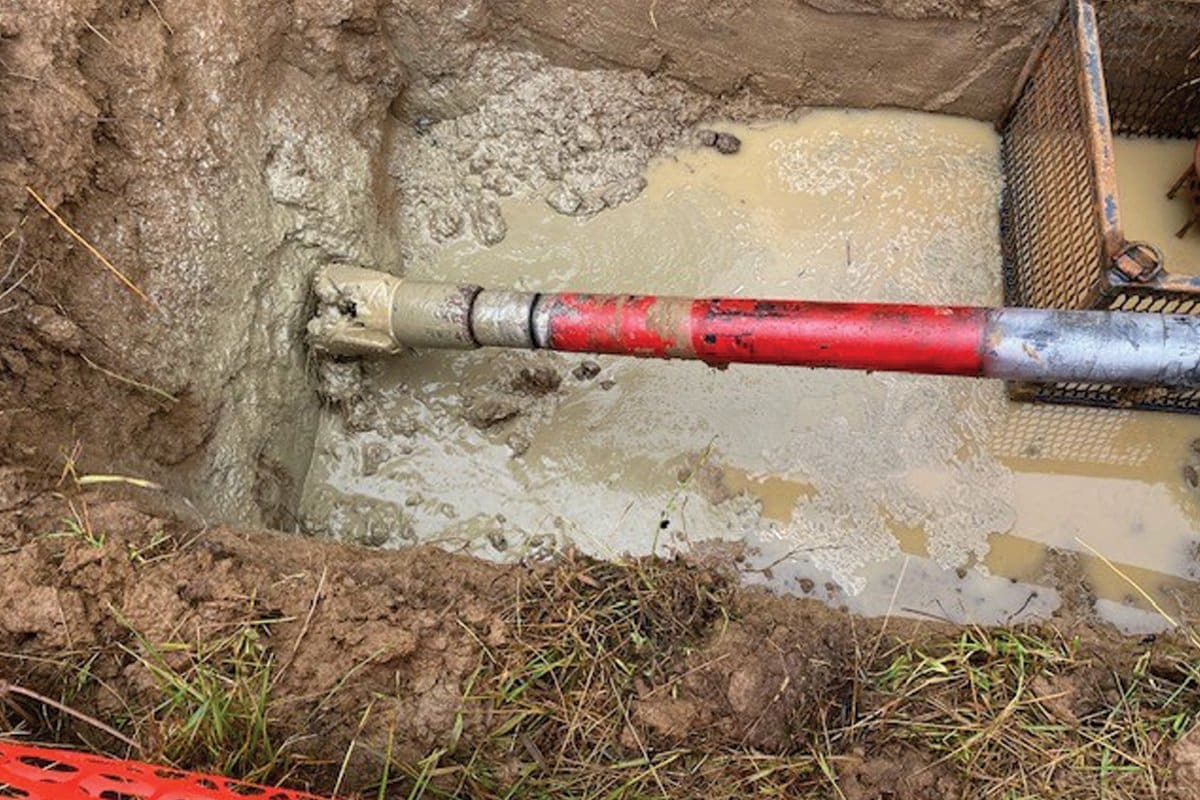Drill Master: Fluid Volumes — How Much is Enough?
There seems to be a certain amount of confusion about the role of drilling fluids in horizontal directional drilling, especially under roads, streets and highways. There is concern about voids, washouts and subsidence caused by fluids and annular space (the space between the formation and the product line). Let’s discuss these concerns and, hopefully, put them to rest.
The first misconception with many people is in the drilling process itself. The process is perceived by some to be a jetting action where we are literally washing our way through the earth with water pressure. If this were true, it would be a valid concern. However, this is not the way it’s done today in utility installations. We are involved in fluid-assisted mechanical cutting. We are cutting through the earth with a drill bit or reamer and the only real need for pressure is to keep the bit or reamer clean and maintain flow. The soil is blended with the fluid to form slurry and enough of this slurry should be allowed to flow out of the bored pathway to make room for the product line. Unlike vertical drilling, there is never an “empty” hole completely devoid of cuttings. This slurry is what actually holds the borepath open.
The second misconception is that we are drilling with water. The fluids used have water as its base but certain additives are added to the water to make it more user-friendly for what we need to accomplish. These fluids are designed to do several things. They work as soil stabilizers. They work as lubricants. In sand, they work as grouts to hold the sand in place and prevent caving. In clay or shale, they retard swelling and reduce sticking of the soil to the product line. These additives allow us to make the installation by allowing us to control the various soil types and keep the surrounding formation in as much of a native state as possible.
The next concern is that we are leaving voids in the annular space between the formation and the product line being installed. An extremely popular question is, “What happens to the annular space when the water goes out into the clay?” The answer is nothing, absolutely nothing! It can’t happen. In the first place, we’re not using water. We’re using a designed fluid, or at least we should be. When the installation is completed, the fluid doesn’t go out into the clay. With time, the clay comes to the fluid. This is called swelling and it’s nature’s way of healing the wound caused by the drilling and reaming process.
There are also specifications written requiring use of minimal amounts of fluid. This, apparently, is in the mistaken belief that compaction of the soil is desirable. The use of compaction cones and compaction reamers was promoted during the early 1990s as a preferred method of utility installation. This has since been proven to be an inferior installation method because it doesn’t promote flow of the slurry created by the bit or reamer. Without flow, all we’re doing is churning dirt.
We don’t make universal statements about how much fluid should be used. That all depends on the soil type. Sand, for example, is inert. It doesn’t swell and it doesn’t get sticky. In sand, we can get by with using little more than one volume of fluid to each gallon of soil, especially for shorter bores. Longer bores require a higher percentage of fluid in order to maintain flowability of the slurry. Clay, however, is reactive and more fluid is needed to maintain flowability because of the swelling tendencies of the clay. In clay, several volumes of fluid may be necessary for each volume of clay. As was stated before, we can’t make universal statements about fluid volumes needed to make a soil/fluid slurry. Soil conditions change too much. Soil conditions dictate the necessary fluid volumes.
What happens if we use too little fluid and don’t produce a flowable slurry? If we’re using an 8-in. (200-mm) reamer, we’re dealing with 2.6 gal (9.8 L) of soil per ft. If we’re pulling 5-in. (125-mm) product line, we’re pulling 1 gal (3.8 L) of product line per ft. If we’re in sand, we need at least 1 gal (3.8 L) of fluid per each gal (liter) of soil. However, let’s say that in this situation we’re only pumping 1 gal (3.8 L) of fluid per ft instead of the necessary minimum of 2.6 gal (9.8 L). There is a definite possibility of creating an undesirable speed bump across our highway. Why? We don’t have flow because we haven’t created a flowable slurry and we’re now trying to force 4.6 gal (17.4 L) of material (soil product line and fluid) into it space that originally had enough room for 2.6 gal (9.8 L).
Enough fluid must be pumped. Enough annular space must be created to allow for flow. I have never seen nor heard of a road, street or highway subsiding because of an HDD installation. We don’t cave them in. Without proper drilling practices, we hump ’em!




